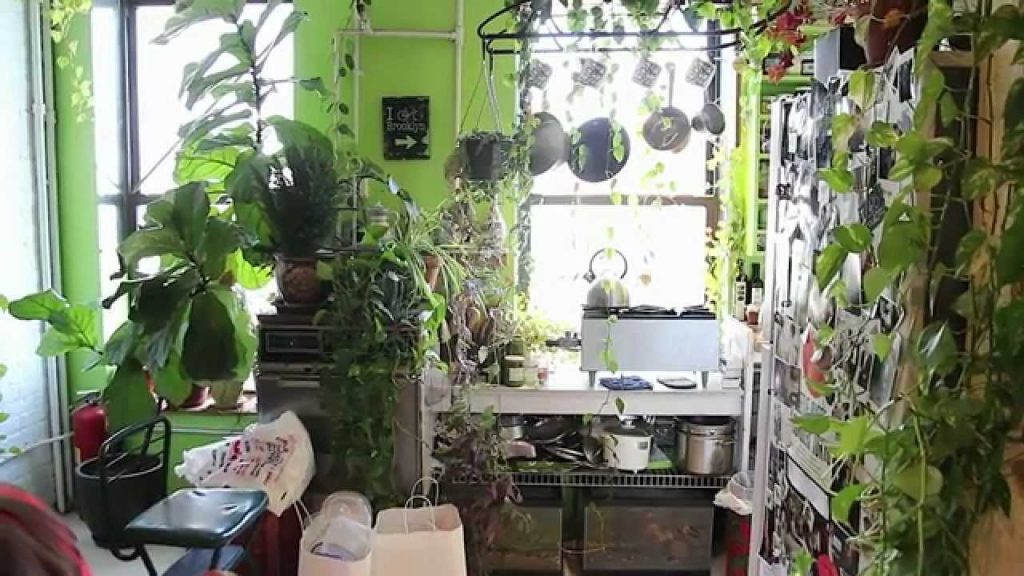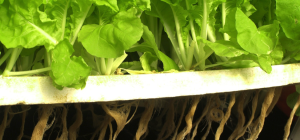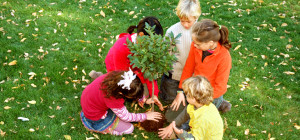 Achieving an optimal growing environment indoor requires proper research, preparation and some essential steps that must be duly followed. The process is really complicated but has so many benefits. It gives growers the opportunity to have complete control over the environment, help convert carbon dioxide to oxygen, optimize limited space and trap pollutants in the surroundings. There are various tools that can make this a reality and your choice will depend largely on the size of the grow room, budget and the specific requirements for each crop.
Achieving an optimal growing environment indoor requires proper research, preparation and some essential steps that must be duly followed. The process is really complicated but has so many benefits. It gives growers the opportunity to have complete control over the environment, help convert carbon dioxide to oxygen, optimize limited space and trap pollutants in the surroundings. There are various tools that can make this a reality and your choice will depend largely on the size of the grow room, budget and the specific requirements for each crop.
Certain electronic climate controllers have been gaining popularity in large-scale greenhouses for controlling the environment round the clock. The factors that play major roles in the growing process are closely connected and constantly interact with each other. Each plant has varying requirements for optimal growth.Although there isn’t a one size fit all rule to designing a perfect growing condition, following the steps below will ensure that the plants grow healthily and yield increase constantly.
· Lighting system
Lighting has a very great influence on yields either gardening is carried out indoor or outdoor. The popular type of light used for indoor gardening are LED grow lights that comprise of special lights in a particular wavelength and spectrum.The best ones have been reviewed on 420beginner.com. Naturally, plants need a source of light that is not too bright or low in order to carry out photosynthesis successfully and thrive.
As plants reach different stages of growth, their light requirements will also change. When using any of these artificial lights, ensure that they are not placed very close to the plants to avoid burning of leaves. The highest percentage of indoor grow light reaches the plant through reflection. In this wise, flat white latex paint can be used to paint the walls or better still, make use of reflective materials like Mylar.
· Temperature
Most plants find a temperature range of 70-85°Ffavorable. Anything below or above this range can cause serious problems. Different plants have varying requirements for temperature. A simple extractor fan works best for regulating high temperature that is induced by grow lights. When lights are put off, the temperature is normally reduced. The same applies to very cold seasons. The bottom line is to look for ways to avoid significant temperature fluctuations that occur during the day and night. This can lead to plants that are not well developed.
· Relative humidity
Humidity is simply the amount of moisture present in the air. Withering plants and falling of leaves indicate a low-humidity condition. You can put a tray containing water and lava rocks near your garden or use a humidifier. As a rule of thumb, plants should be placed closely together. On the other hand, a high humidity have a negative impact on pollination and can cause gray mold which spreads quickly and can destroy plants in no time. The humidity can be measured regularly with a hygrometer which measures it accurately and constantly. A normal plant often requires humidity that is not more than 50%. It is advisable to wipe off nutrient solutions and water that spill on the floor of the grow room immediately. In addition, nutrient tanks must be covered at all time.
· Air circulation
Plants desire an abundant supply of fresh air for rapid growth and prevention of pests or diseases. Moreso, there must be an unlimited supply of carbon dioxide as plants make use of it at a very fast rate. A small oscillating fan works best in the grow space. This makes air and humidity to be well balanced. LED lights usually produce heat that can make the space to become too hot once they are put on. Growers can vent out heat from grow lights by hanging ventilators at the same level with grow lamps. The ventilators must be placed strategically at different locations in order to get the best result.Apart from that, endeavor to open doors and windows regularly so that fresh air can come in.
· Water
It is crucial to recognize the specific needs of each plant before watering them. Too much water can kill off the plants, while little water often leads to stunted growth. A larger plant will need more water than a smaller plant. Plants that are cultivated in various containers will need to be watered frequently than those grown directly in the soil. Check out whether an efficient drainage system is available and the soil is properly hydrated. The watering frequency is normally affected by the amount of water that is present in the growing medium.







